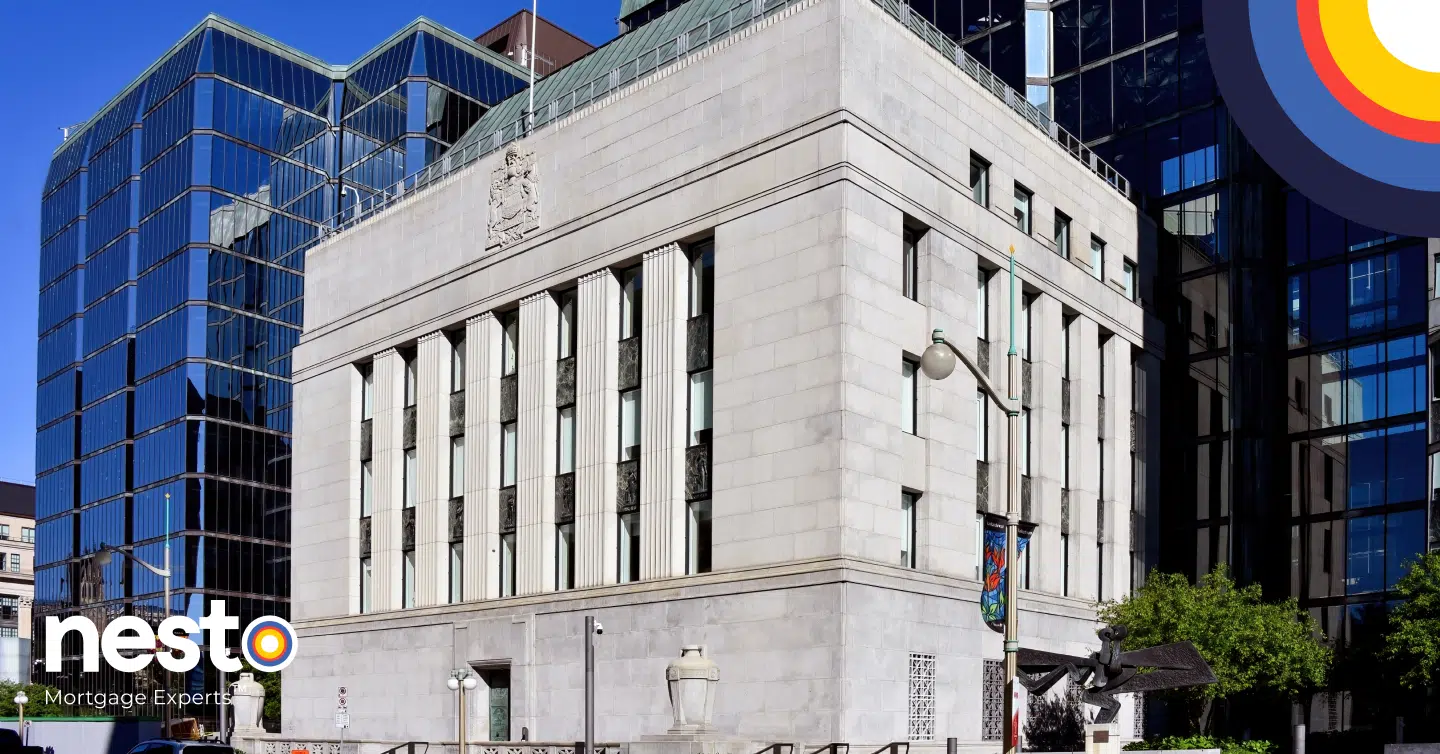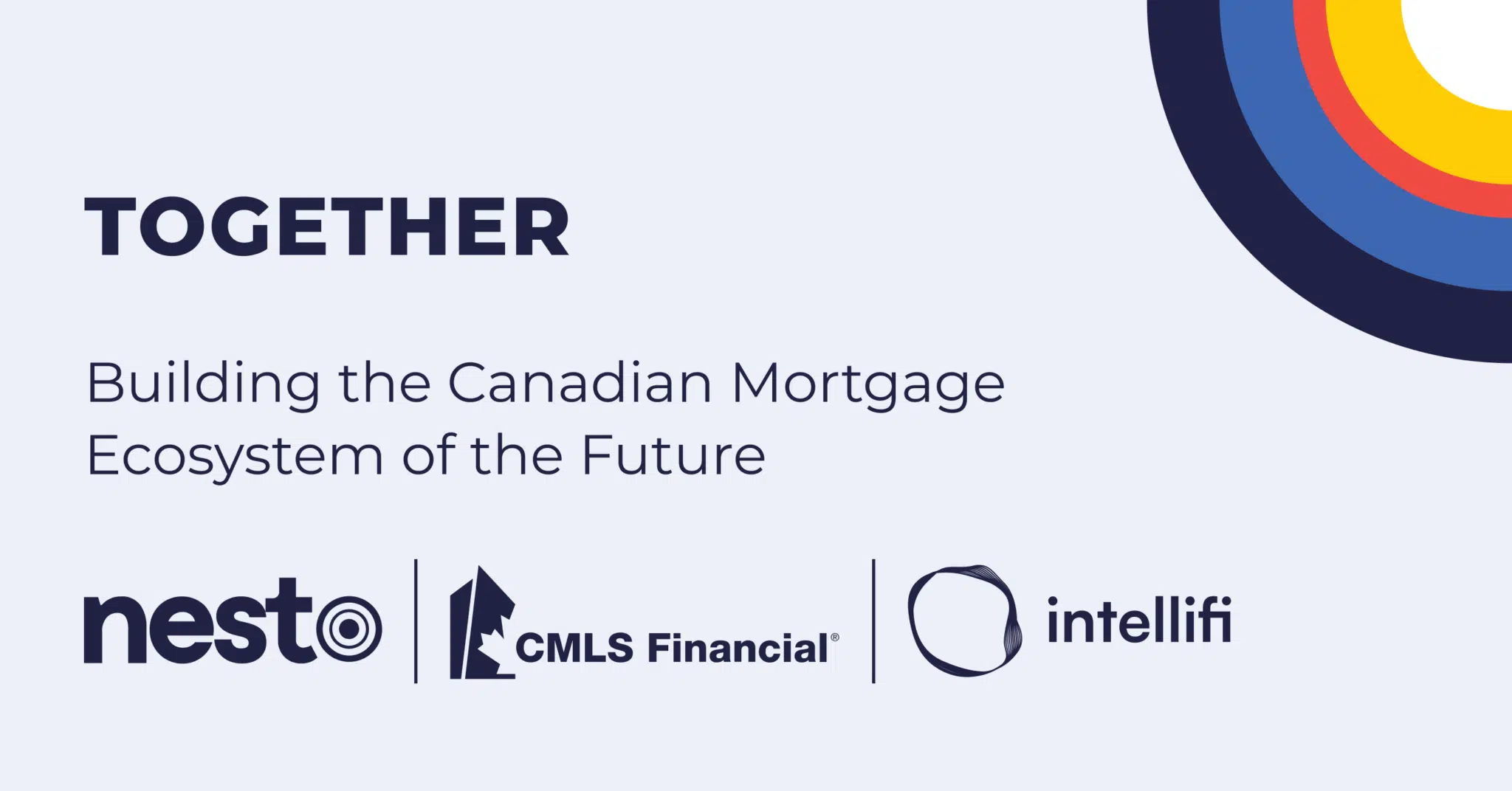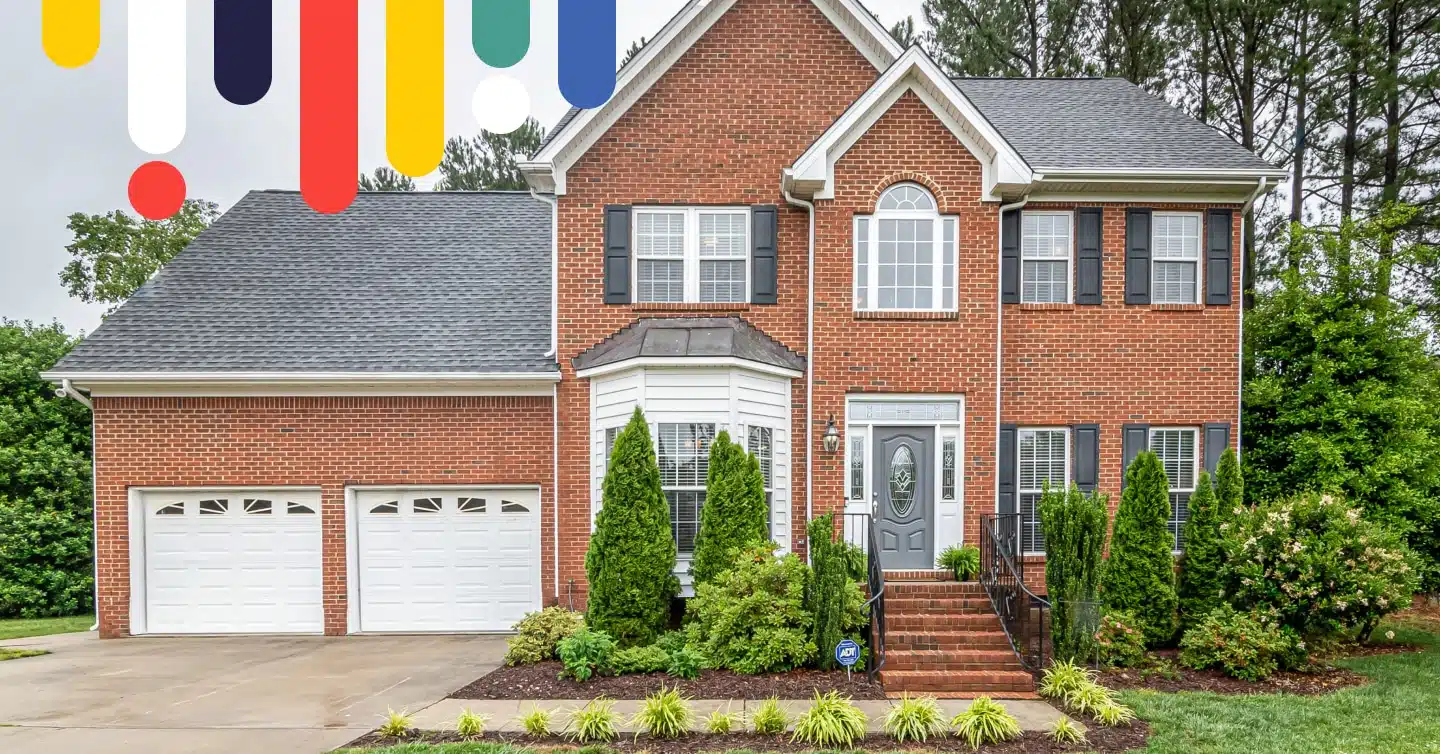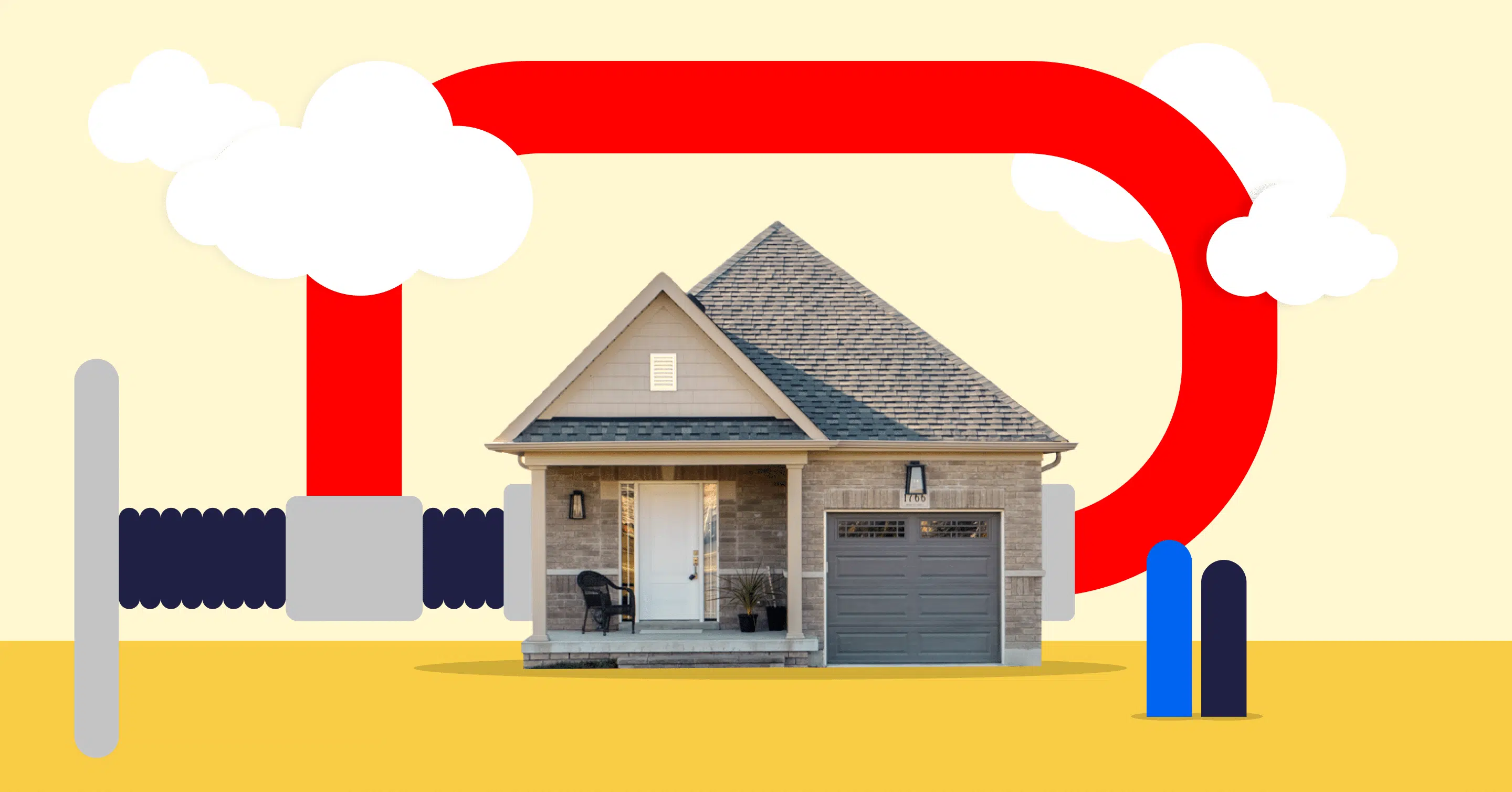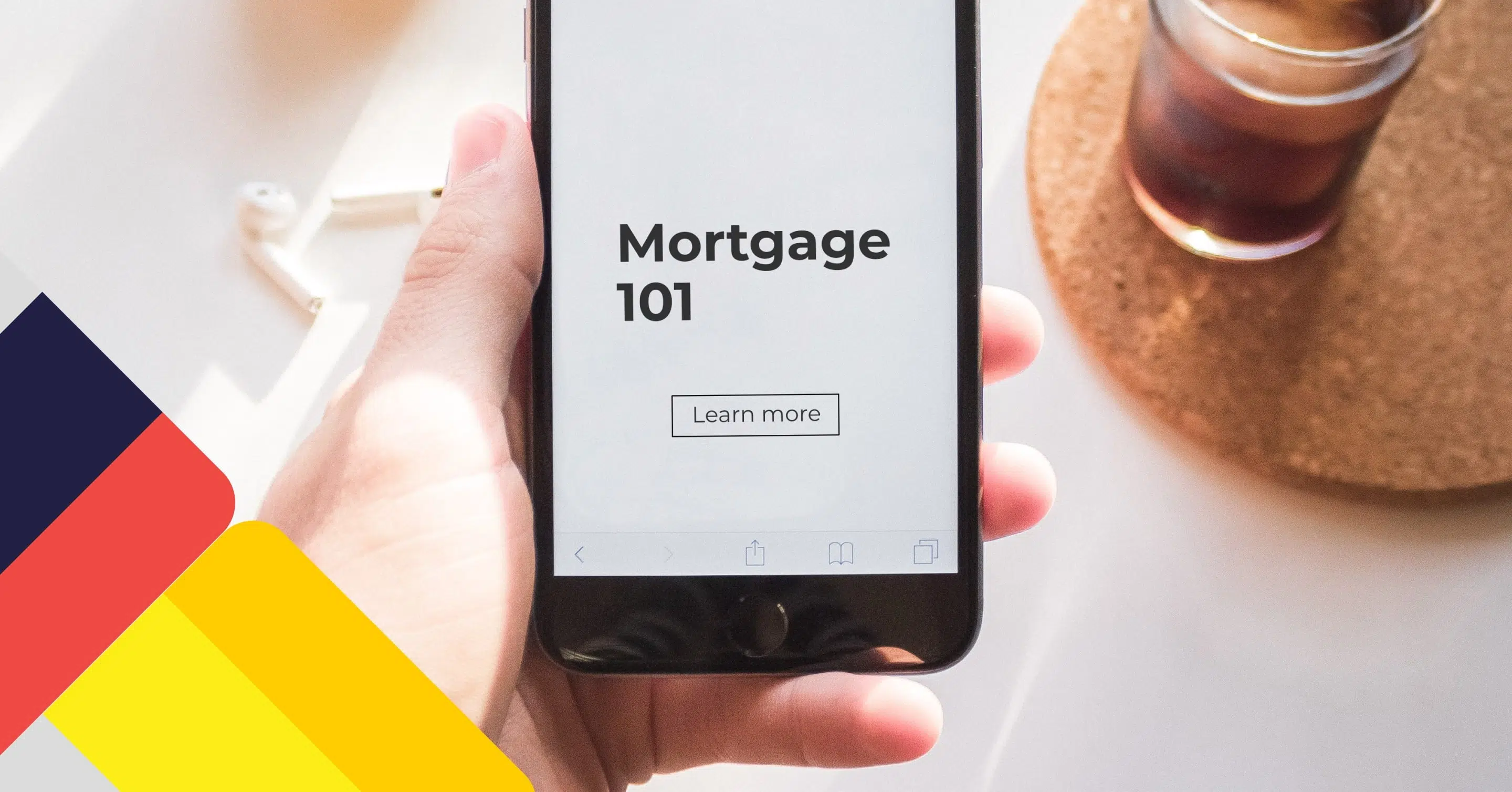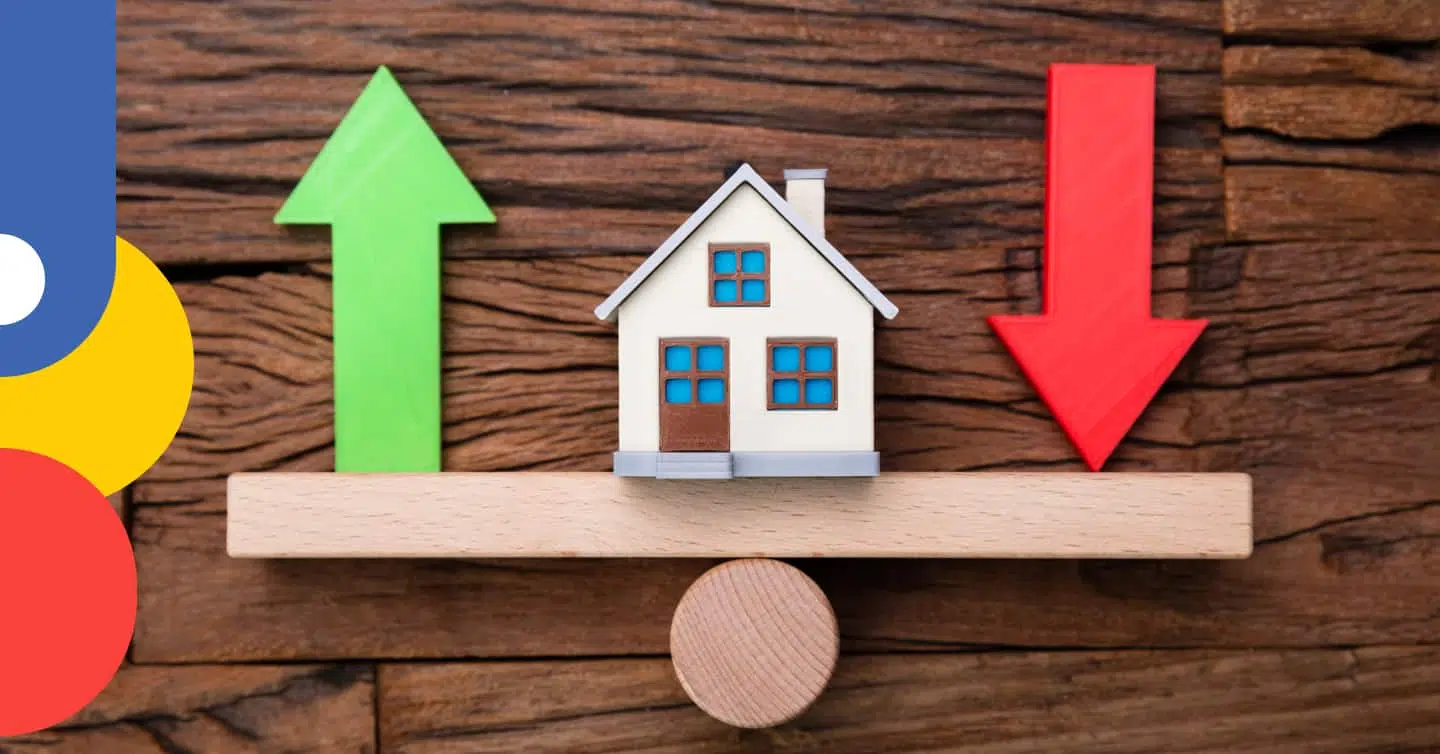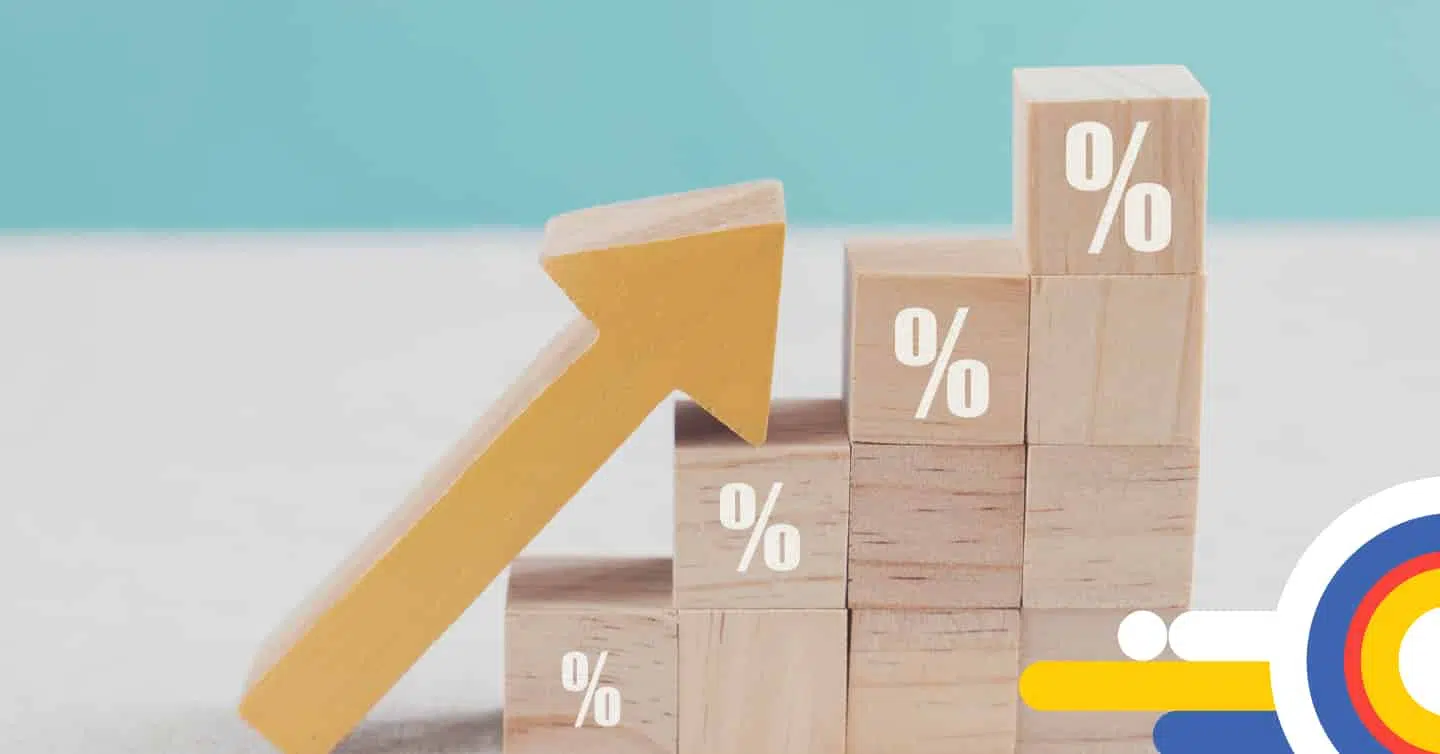Find the Best Mortgage
Rates in Manitoba
Today’s Mortgage
No rates at the moment
*Insured loans. Other conditions apply. Rate in effect as of today.
Compare current mortgage rates in Manitoba
Explore the latest mortgage rates in Manitoba to find the best deal for financing or refinancing your dream home.
5-Year
Fixed Rate
3-Year Fixed Rate
5-Year
Variable Rate
3-Year
Variable Rate
Top Big
Bank Rates
The top big bank rates are all in one easy-to-view table. See their rates, then beat their rates (or get $500) with nesto’s low rate guarantee.
Are you a first-time buyer?
Province
Current Mortgage Rates in Manitoba
As of Thursday, July 3, 2025, current interest rates in Manitoba are
High interest rates continue to make it challenging to qualify for a mortgage, making it harder for Manitoba residents to afford a home. While it’s almost impossible to predict when rates will come down meaningfully, experts forecast that we should expect a gradual reduction over the next few years.
Home prices remain high, with CREA reporting that the national average home price decreased 3.5% year-over-year to $701,800 in May 2025. As for Manitoba’s largest city, the average selling price of a home in Winnipeg increased 8.2% year-over-year to $387,800.
What is the average mortgage rate in Manitoba today?
As of Thursday, July 3, 2025, the best conventional mortgage rates available to borrowers with a down payment of 20% or more tend to be slightly higher than high-ratio insured rates but offer greater flexibility and eliminate default insurance premiums.
Below are the current average conventional mortgage rates available across the province, including in Manitoba:
- 2-year fixed conventional mortgage rate:
5.09% - 3-year fixed conventional mortgage rate:
4.69% - 3-year variable conventional mortgage rate:
5.50% - 4-year fixed conventional mortgage rate:
5.22% - 5-year fixed conventional mortgage rate:
4.58% - 5-year variable conventional mortgage rate:
4.67% - 7-year fixed conventional mortgage rate:
5.82% - 10-year fixed conventional mortgage rate:
6.78%
What is today’s prime rate in Manitoba?
The Bank of Canada policy rate in Manitoba is currently 4.95%. The prime rate affects all lenders’ discounts on variable and adjustable mortgages.
What is the lowest mortgage rate in Manitoba today?
As of Thursday, July 3, 2025, the best high-ratio mortgage rates available to borrowers with a down payment of less than 20% are typically the lowest offered rates in Canada.
Below are the high-ratio insured mortgage rates available across the province, including in Manitoba:
- 2-year fixed insured mortgage rate:
- 3-year fixed insured mortgage rate:
- 3-year variable insured mortgage rate:
- 4-year fixed insured mortgage rate:
- 5-year variable insured mortgage rate:
- 5-year variable insured mortgage rate:
- 7-year fixed insured mortgage rate:
- 10-year fixed insured mortgage rate:
Manitoba Mortgage Rate Trends: July 2025
While it’s difficult to predict where mortgage rates will trend, the consensus among experts suggests that we could see rates remain higher for longer. Forecasts suggest we won’t see interest rates return to the neutral rate range of 2 to 3% until the end of 2025.
Bank of Canada Rate Announcement
The Bank of Canada’s (BoC) latest announcement on June 4th was a policy interest rate hold, leaving it unchanged at 2.75%. This continues to put a pause on the BoC easing cycle, as uncertainty and unpredictability caused by fluctuating tariffs and ongoing trade negotiations erode consumer and business confidence.
The Governing Council decided to hold the rate due to high uncertainty around US tariffs, a softer Canadian economy, and unexpected recent inflation data until the impact of US trade policies is clearer. The BoC stated that its focus is on ensuring that Canadians continue to have confidence in price stability during this period of global upheaval, aiming to support growth while keeping inflation under control.
While inflation has eased, the growth in shelter costs, particularly rent and mortgage interest costs, is currently the most significant contributor to total inflation. The Governing Council continues to monitor core inflation numbers when assessing policy rate decisions to ensure sustained downward momentum in inflation.
The next announcement will be on July 30th. Using nesto’s proprietary overnight index swap and forward rate calculation data, bond markets are currently pricing a probability of a 25 basis point cut.
Real Estate Market Update
On June 16th, the Canadian Real Estate Association (CREA) released its May home sales data. The data showed that home sales rose 3.6% between April and May. This marks the first gain since last November and was led by activity in the Greater Toronto Area (GTA), Calgary, and Ottawa.
May’s home sales activity reported that new listings rose 3.1% month-over-month. Home prices have stopped falling, growth is stabilizing nationally, and more buyers and sellers have entered the market in May compared to April.
CPI Inflation Update
Statistics Canada’s latest inflation data, released on June 24th, showed the Consumer Price Index (CPI) rose 1.7% year-over-year in May, matching the 1.7% increase in April. This was due to smaller price increases for rent and a decline in travel tours, which put downward pressure on the CPI this month. Smaller declines for gas and cellular services put upward pressure on CPI.
Mortgage Statistics for Manitoba
Home prices in Manitoba remain well below the national average and haven’t increased as much as other provinces in the last 10 years. Here are some mortgage statistics for the housing market in the province’s largest city:
- Average home value in Winnipeg (as of May 2025): $387,800 (CREA)
- Canadian homeownership rate (as of 2021): 66.5% (StatsCan)
- Number of home sales in Winnipeg (as of May 2025): 2,030 (WREEB)
- Number of new listings in Winnipeg (as of May 2025): 2,826 (WREEB)
Mortgage Options in Manitoba
Manitoba conventional mortgage: Conventional or uninsured mortgages require a 20% downpayment or more. Mortgage default insurance is not required, as the equity from your downpayment amount is enough to protect the lender. There is no limit on the purchase price of a home with an uninsured mortgage, allowing you to purchase homes valued at $1 million or more. With conventional mortgages, you can extend the amortization to 30 years with prime lending.
Manitoba high-ratio mortgage: High-ratio or insured mortgages allow you to purchase a home with less than 20% as a downpayment. Mortgage default insurance is required to reduce the lender’s risk if you default on the mortgage. Borrowers are limited to a purchase price of less than $1 million and an amortization of 25 years.
Manitoba fixed-rate mortgage: Fixed-rate mortgages lock in your interest rate for the term. This provides stable, predictable mortgage payments with a set principal and interest amount paid with each mortgage payment throughout the term. Penalties on fixed-rate mortgages are calculated based on the higher of the interest rate differential (IRD) or 3 months’ interest.
Manitoba variable-rate mortgage: Variable-rate mortgages have interest rates that fluctuate based on changes to the Bank of Canada policy rate. Adjustable-rate mortgages (ARM) are variable mortgages that immediately adjust your mortgage payment to reflect your lenders’ prime rate when rates change. The principal portion remains fixed, while the interest can increase or decrease based on changes to the prime rate. Variable-rate mortgages (VRM) are variable mortgages that have fixed mortgage payments despite changes to your lenders’ prime rate. The principal and interest proportions will adjust with more going to interest and less to principal if the prime rate increases or more going to principal and less to interest if the prime rate decreases.
What Affects My Mortgage Rate in Manitoba
Mortgage interest rates are determined based on the risks associated with the mortgage, the property used as collateral, and the borrower. The specific mortgage rate you are offered will be based on various personal factors like your credit score, income, capital, downpayment, loan purpose, and loan-to-value (LTV) ratio. Some of the most important determining factors affecting your mortgage rate include:
- Downpayment – Your downpayment determines your LTV ratio and whether you will be required to purchase mortgage default insurance. Insured and insurable mortgages have better rates as there is lower risk to the lender. These rates apply to properties valued at less than $1 million with amortizations up to 25 years.
- Amortization Period – With prime lending, the amortization period cannot exceed 30 years on uninsured mortgages with a downpayment of 20% or more. Uninsured mortgages typically have higher interest rates to account for the added risk to the lender. On mortgages with less than a 20% downpayment, the maximum allowable amortization is 25 years.
- Property Usage – Your primary residence, known as owner-occupied, generally has lower interest rates. Investment properties you intend to rent will typically have higher interest rates. Purchasing a primary residence with a second separate legally registered suite is considered an owner-occupied rental and will have access to the same rates as a primary residence.
- Mortgage Type – The type of mortgage will affect your mortgage rate. Open mortgages have higher rates due to their flexibility. Refinances have higher rates than renewals and new mortgages.
- Your Credit Score – Your credit score will determine the type of lender that approves you for a mortgage. If you have good to excellent credit, you can typically use prime lending and benefit from the best rates. If you have poor credit, you may need to look at alternative lending solutions with higher rates to offset the lender’s risks.
First-Time Home Buyer Programs in Manitoba
- Affordable Home Program – provides downpayment assistance, land transfer tax fees, and non-repayable grants from Manitoba Housing to purchase the home they are currently renting or a vacant home owned by Manitoba Housing. To qualify, you must be renting a home in a select rural community from Manitoba Housing and looking to occupy it as your principal residence.
- First Time Home Purchase Program – provides funding through a grant for Métis citizens who are first-time buyers in Manitoba to purchase affordable housing.
- First-Time Homebuyers Tax Credit (HBTC) – a federal government program that allows first-time buyers to claim up to $10,000 for a maximum $1,500 tax credit to help offset closing costs.
Land Transfer Tax in Manitoba
Land transfer tax in Manitoba is calculated based on the property’s fair market value based on the date of registration or transfer of the title. The rates can be calculated as follows:
| Value of Property | Tax Rate |
|---|---|
| On the first $30,000 | 0% |
| $30,001 to $90,000 | 0.5% |
| $90,001 to $150,000 | 1.0% |
| $150,001 to $200,000 | 1.5% |
| $200,000+ | 2.0% |
How to Find the Best Mortgage Rate in Manitoba
- Step 1: Understand your credit score: Before looking for a mortgage lender or applying for a mortgage, check your credit score regularly. This will help you immediately report and remedy errors that could negatively affect your score. If necessary, improve your credit score to help with your mortgage approval.
- Step 2: Determine your borrowing capacity: To find the right mortgage solution, you’ll need to know how much house you can afford based on your income and downpayment.
- Step 3: Know your mortgage needs: Analyze different mortgage solutions’ features, risks, and costs. Careful research and comparisons of the available options can help you choose a mortgage that best meets your immediate and long-term financial needs.
- Step 4: Find a suitable mortgage strategy: Get expert guidance to choose the best strategy for your homeownership goals. Your mortgage strategy shouldn’t just be based on the lowest rate.
- Step 5: Compare rates and terms: Not all mortgages are equal. Choosing a lender like nesto for your mortgage can help you compare rates and terms for multiple lending solutions, ensuring you find the best fit.
- Step 6: Get prequalified for a mortgage: Begin your journey towards homeownership by taking advantage of nesto’s prequalification process. By analyzing your downpayment and financial stability, nesto will provide you with a comprehensive prequalification outlining the maximum mortgage amount you can qualify for. This information is crucial as it helps you set realistic expectations and narrow your search for a suitable home within your budget.


